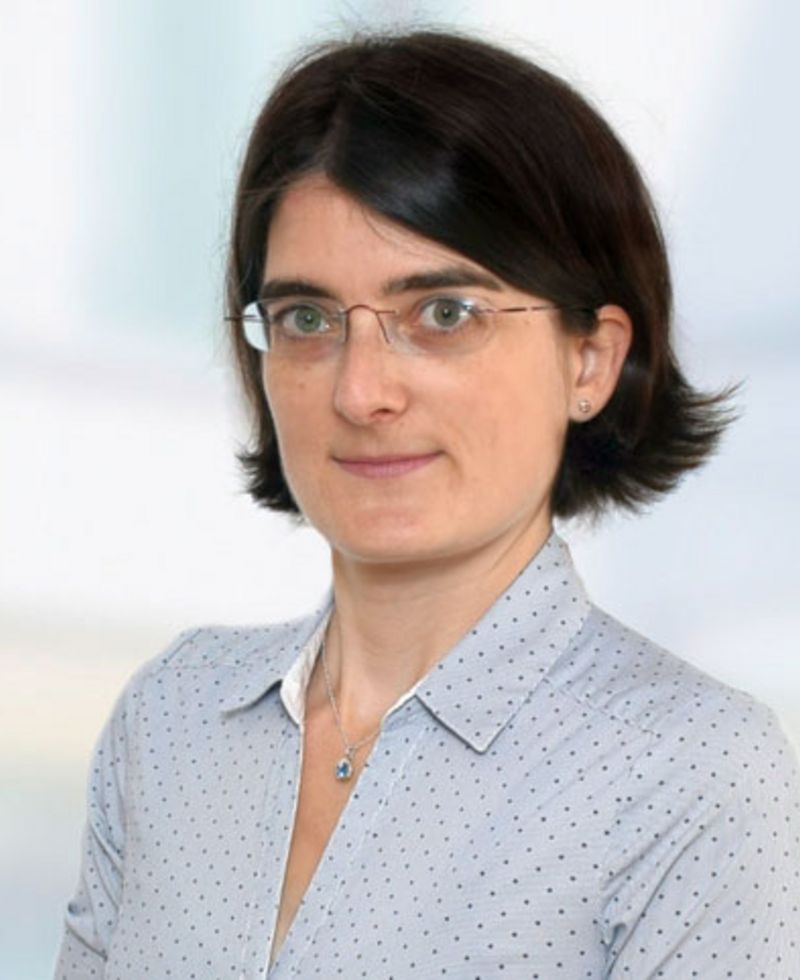The difference between pulse-tube and Gifford-McMahon cryo-coolers
Two types of cryo-coolers are possible, if a cryostat is to be operated without liquid helium: Pulse tube (PT) and Gifford-McMahon (GM) coolers. There are 3 differences between these two types which refer to the price, intended orientation and the maintenance interval.
- At the same cooling power, GM cryo-coolers are generally cheaper than PT cryo-coolers.
- PT cryocoolers only work properly if they are operated purely vertically with the second stage facing downwards. In contrast, GM cryo-coolers can be operated in every orientation; though the cooling power is a bit lower when the cooling head is not operated vertically, but the base temperature normally stays the same.
- Most GM cryo-coolers need to be maintained every 10000 operating hours, compared to 20000 operating hours with PT coolers.
However, there is an important difference which has to do with the vibrating level. Both GM and PT cryo-coolers are mechanical coolers that generate vibrations at both the room temperature mounting flange of the cold head (which is the interface to a vacuum housing or chamber) and at the second stage (where the sample to be cooled is normally mounted).
A PT system typically has lower vibrations (less than 20 µm) than a GM system. Therefore, the PT system is the first choice when the sample needs to be mounted as stable as possible.
However, there is an exception to almost every rule. These are the cryostats with very low vibrations in the range of 5-10 nm from Montana Instruments and Quantum Design.
Montana offers the CryoAdvance50. The cryostat with peak-to-peak vibrations of 5nm uses a GM cold head. This is used because the stronger but linear vibrations in the z-direction of the GM radiator can be better isolated in the existing design than the more omnidirectional vibrations of the PT radiator. The OptiCool from Quantum Design is equipped with a powerful PT cryo-cooler, as it not only has to generate liquid helium for temperature control up to 1.7 K, but also cools the superconducting 7 T magnet. This allows a temperature stabilization to 10nm.



